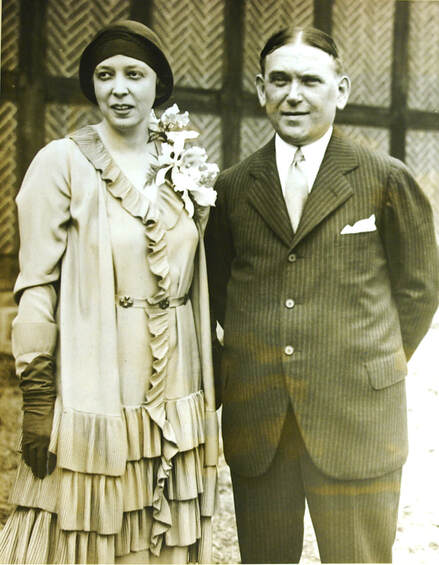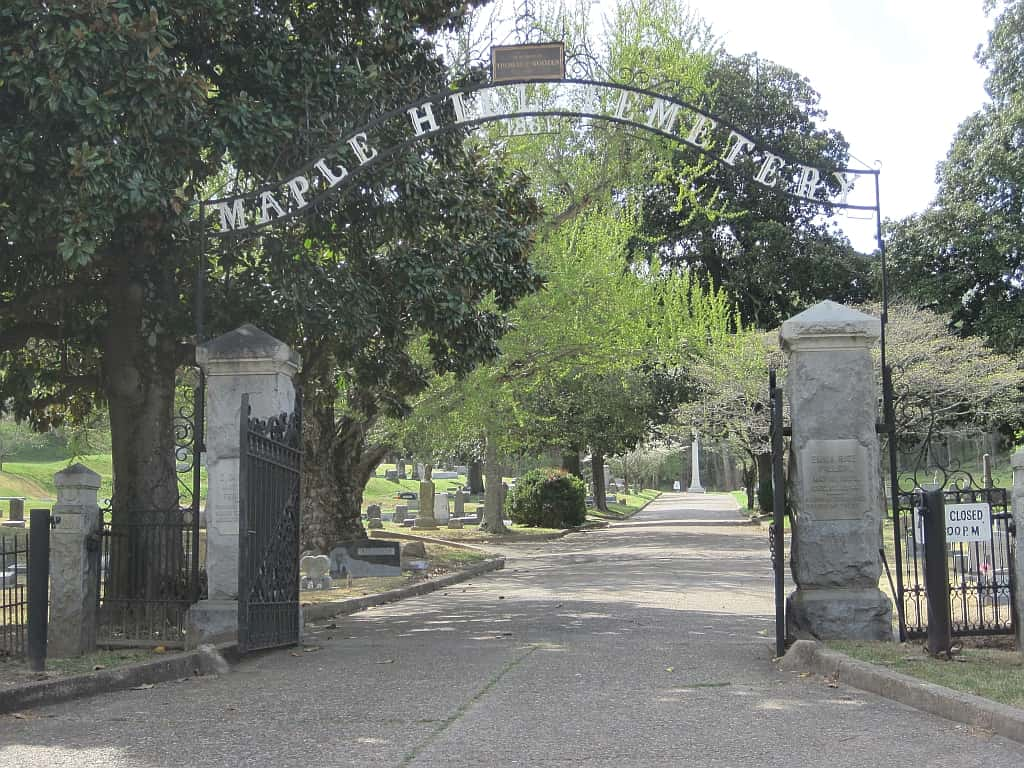|
Flowing 280 miles through Alabama as a tributary to the Alabama River is the Coosa River. With headwaters found in Tennessee and Georgia, the rich, biodiverse banks of the Coosa River have been inhabited for thousands of years. Native peoples such as Cherokees and Creeks lived along the banks as it made its way through what we now call Alabama. Later, as Europeans arrived in the region, they also saw the advantages of the river. Throughout our state history, the Coosa River has richly benefitted those who called it home.
The Catholic Church in the state of Alabama reaches as far back as European contact with native peoples during the May 1539 De Soto expedition into the southern interior. Following the expedition, Spanish Catholic missionaries would be the first to bring Christianity into North America. Mobile would later become the center of Alabama’s Catholic life when French Catholics first settled in the city. The center point of Catholicism in Alabama would become the Cathedral Basilica of the Immaculate Conception. Yet the cathedral was not always the beautiful and historic landmark that it is now.
On Tuesday, August 25, 2020, multiple cities across Jefferson County, Alabama, held their municipal elections. Voters in vital economic centers such as Hoover, Homewood, Irondale, and Vestavia Hills all went to the polls to choose who would lead the further development of their city for the next four years. But no city in Jefferson County had an election quite like that of Pleasant Grove. What happened in Pleasant Grove on this election day was historic—the city elected its first Black city council members. The election marked the victory of four Black councilors—Kevin Dunn, Yolanda Lawson, Eric Calhoun, and Ray Lassiter. This milestone was achieved partly due to a lawsuit filed in 2018 by the NAACP. This lawsuit alleged that Pleasant Grove’s at-large voting system was racially discriminatory and was the reason why a city that had a population that was majority African American, had never elected a Black city councilor. The lawsuit succeeded, and an agreement was reached between the NAACP and the City of Pleasant Grove that resulted in a new voting system: voters would be able to cast five votes, which could be spread across five different candidates, or all five votes could be used on one candidate. This, however, was not the first time that the history of Pleasant Grove had been altered by a court decision.
 The Creek stand at Hobdy’s Bridge and the Pea River proved to be one the last major battles between the Creeks and Alabama settlers in March of 1837. The Creek stand at Hobdy’s Bridge and the Pea River proved to be one the last major battles between the Creeks and Alabama settlers in March of 1837. The Creek War began as an internal conflict between the Upper and Lower Creeks. The Lower Creeks had accepted white colonists’ influence and had taken up agriculture, becoming dependent on US markets instead of trade. The Upper Creeks felt otherwise, and through the persuasion of those like Tecumseh, and his brother, The Prophet, a rebellious spirit against white encroachment began to emerge. These Upper Creeks, known as the Red Sticks, led a brutal attack on Fort Mims in 1813. This furthered the conflict between the Creeks and now included the United States government. In 1814, the Red Stick Creeks were defeated at Horseshoe Bend and the entire Creek nation was forced to cede half of their lands to Georgia and the Mississippi Territory. For nearly eighty years, the twin oaks of Toomer’s Corner stood as a loving testament to our city’s roots and our state’s natural beauty.
Charles Barkley, otherwise known as "Sir Charles" or "Chuck," is a retired American basketball star who created a legacy in the game. Born February 20, 1963, in Leeds, Alabama, Barkley emerged as an outstanding player while studying at Auburn University. He then got the nickname "The Round Mound of Rebound" for his outstanding gameplay.
When exploring the diverse tapestry of Alabama's origins, one extraordinary figure stands out -- Abraham Mordecai, widely believed to be the state's earliest known Jewish resident. His incredible life united Native American and European cultures during a pivotal era of turbulence and conflict.
Huntsville, Alabama, is home to so much Alabama history—old and new. Legends and lore abound in the city—including stories of the ghostly kind. Many people claim to have seen restless spirits at various locations throughout the city, particularly on historic properties. One such location is Cedarhurst, a mansion built in 1823, soon after Alabama became a state.
 Willie D. Burton is a sound mixing producer and a native of Alabama. Willie D. Burton is a sound mixing producer and a native of Alabama. A movie ends. The credits roll. A litany of behind-the-scenes names and job titles scroll past. One of the names that you have likely seen dozens of times without even realizing it is also one of the most respected production sound mixers in the business: Alabama native Willie D. Burton. If you’re not sure what a sound mixer does on a film, they are responsible for planning and executing the sound recording and balance during a shoot.  Sara Haardt on her wedding day. Photo provided by Goucher College Library. Sara Haardt on her wedding day. Photo provided by Goucher College Library. Sara Haardt couldn’t wait to leave the south—but she also couldn’t stop writing about it. Born in Montgomery on March 1, 1898, Sara Powell Haardt was descended from Bavarian immigrants and grew up near the state capitol building. The oldest of five siblings, she was born a “blue baby,” nearly dying at birth from a lack of oxygen. She had poor health for the rest of her life, but this never deterred her ambition and writing. |
Alabama Heritage BLOG
At Alabama Heritage, we owe many of our successes and smooth operations to our fabulous student interns. We hope that with this blog--written mostly by our interns as well as history students from UAB and a few from our own editors--our readers will have an opportunity to get to know the students who bring so much to the table with their enthusiasm, hard work, and expertise! If you're interested in our internship program, check out the details here. Archives
May 2024
Categories
All
|
|







 RSS Feed
RSS Feed